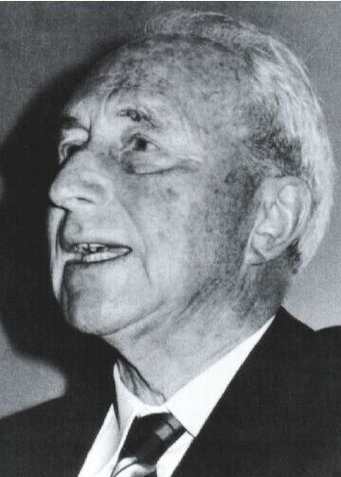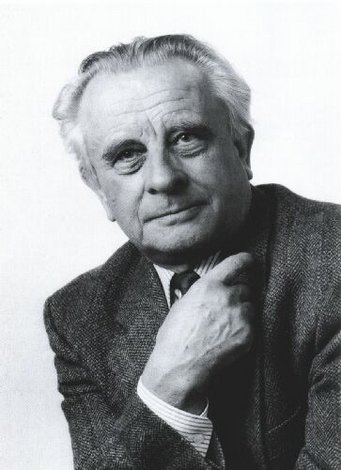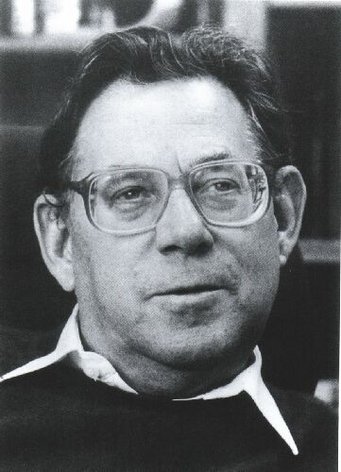Directors and research fellows from 1968 until 1980
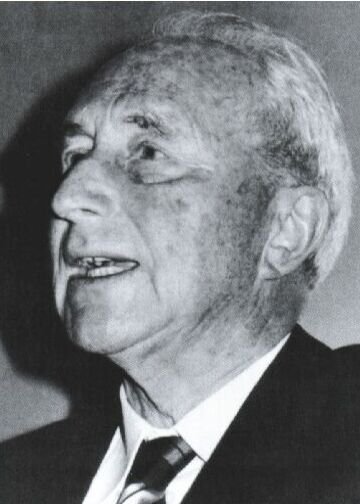
Christian Junge (1912-1996) was appointed Director of the newly founded Atmospheric Chemistry and Physical Isotopic Chemistry Department in 1968. This resulted in a new field of research being established at the Institute, which in the beginning focused on researching atmospheric aerosols, their size distribution and properties. This was followed by studies on how the atmosphere's composition has changed since the Earth came into being and the behavior of fluorinated hydrocarbons in the atmosphere. He and his team also researched the cycles of various trace gases, their emission rate, average holding time and concentration in the atmosphere, as well as the ozone present in the troposphere. Christian Junge retired in 1979.
Publications of C. Junge Gutenberg Biographics
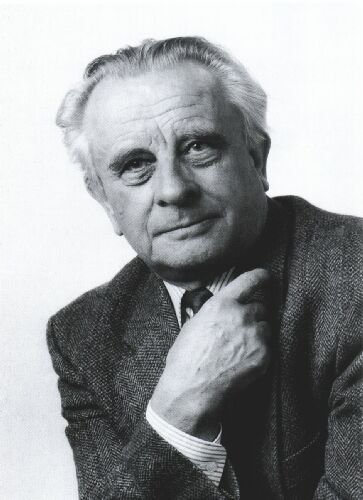
Friedrich Begemann (1927-2018) was appointed director of the Isotope Cosmology Department in 1978. His department researched the history of meteorites and their suitability as "space probes" to study cosmic radiation and the chemical and isotopic composition of solar wind. Conducting studies on nucleosynthesis of medium-heavy elements and their isotopes also formed a key component of the department's research activities. In subsequent years, the department worked to determine the origin of archeologically interesting metal artifacts and to research early metalworking at the start of the Bronze Age. Friedrich Begemann retired in 1995.
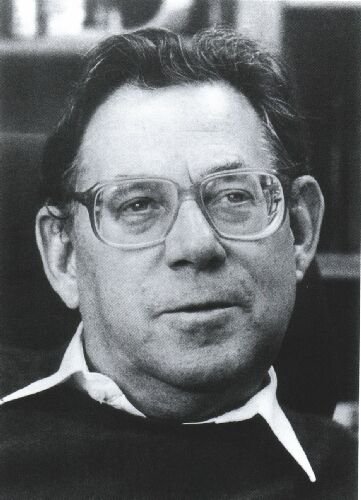
Paul J. Crutzen (1933-2021) succeeded Christian Junge as Director of the Atmospheric Chemistry Department in 1980. This department performs laboratory experiments to determine the absorption of UV and infrared radiation by atmospheric trace elements, as well as the speed at which elements react in the atmosphere. In order to better understand the formation of holes in the ozone layer above the Arctic and Antarctic, processes were simulated on stratospheric particles in the laboratory. The department also performs measurements of the trace elements present in our atmosphere around the world. Mathematical models, into which the data recorded is input, are being developed to describe meteorological, climatic and chemical processes. These models can be used to estimate the possible climatic consequences of a nuclear war and the influence of human activities on the ozone and climate. Paul Crutzen was awarded the Nobel Prize for Chemistry in 1995 together with M. Molina and F. S. Rowland. Paul Crutzen retired in the year 2000.
